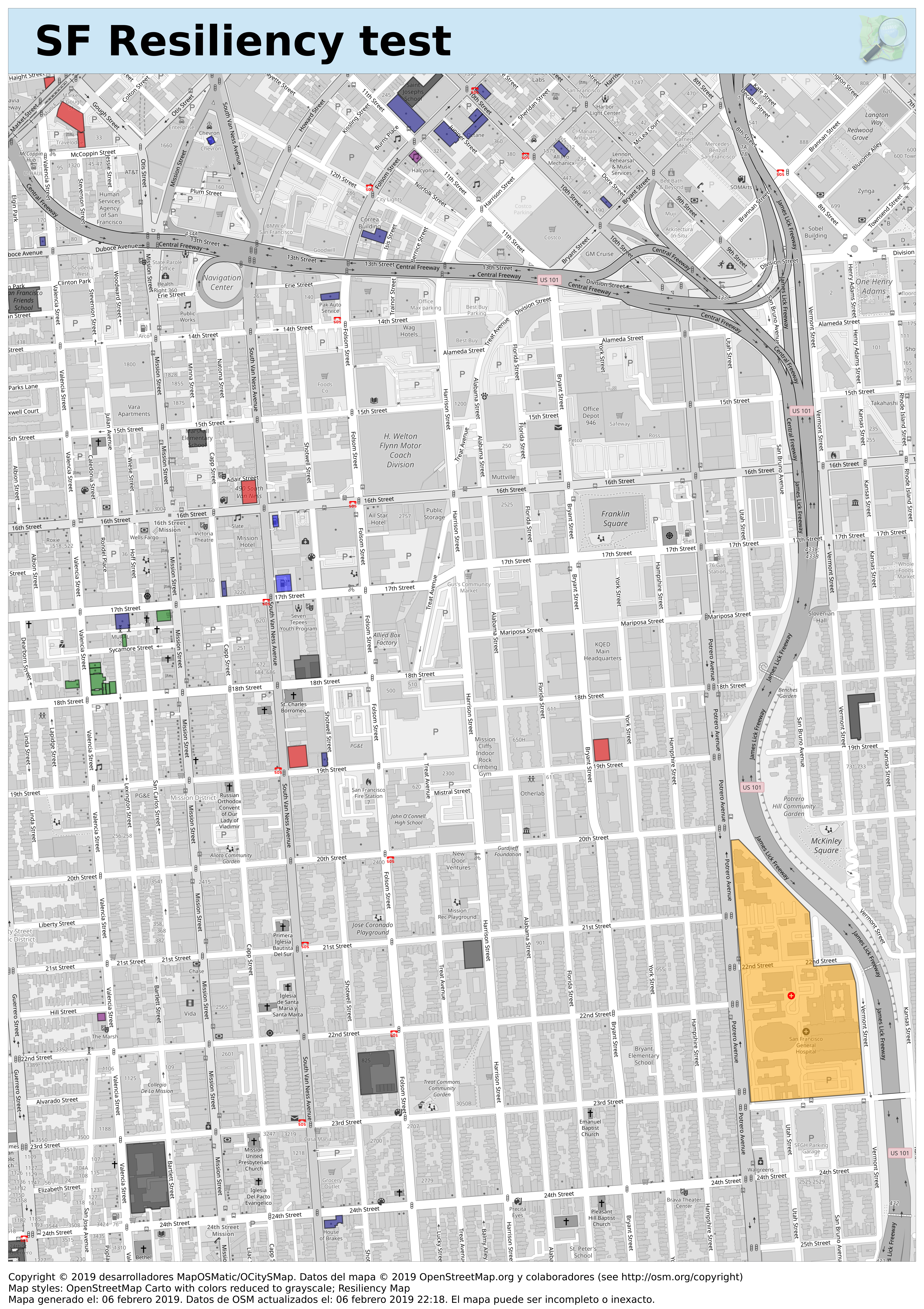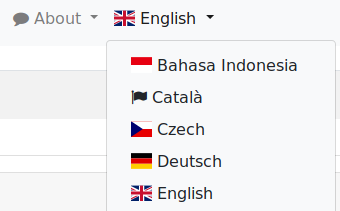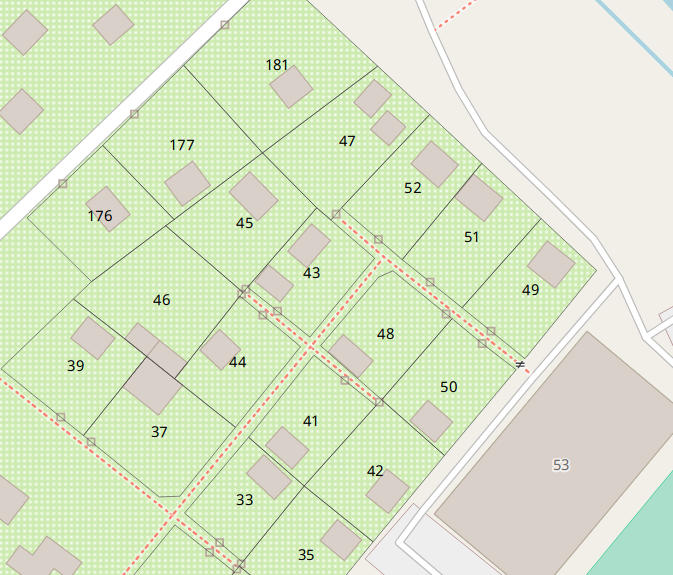This year I didn’t give a talk on MapOSMatic itself, but on how to get all the different map styles installed on a single machine, with as little disk space being used as possible:
Category: osm
Stylesheet statistics
As part of the preparation for my FOSSGIS talks on how to set up multiple Mapnik styles on the same server (more on this later) I did some statistics on which of the styles I offer on my MapOSMatic instance are the most favorite.
Below you will find the raw results. The OpenStreetMap Carto style is the leader by far, but that’s not much of a surprise as it is the default selection. The numbers for the runner ups are more more interesting, showing the HikeBikeMap as the most popular choice.
New overlay: Resiliency Map
After listening to Stfano Maffulli’s great talk on OpenStreetMaps for emergency prep: The view from San Francisco I added a resiliency overlay style based on his QGis based prototype (page #14 in the slides).
The style can now be selected in the “Overlays” form step.
It is still “Work in Progress” though, with Source available on GitHub

50K requests processed
This service has just processed its 50thounsands map render request, creating a map of Nijmegen:
RSS feeds
Two RSS feeds have been added to the service:
FOSDEM 2019
I’ll be in Brussles for FOSDEM from Friday to Sunday, if anyone wants to meet me please drop me a note on hartmut@php.net.
I’m not giving any talk this year, and having no other duties either, so I’m very flexible time wise 🙂
Yesterdays outage
Yesterday afternoon the rendering daemon failed in an interesting way, the preview images were rendered for most map requests, but not the actual map files.
It turns out that the root cause was a rendering request for a rather large area that consumed all available memory, leading to a short phase of swapping, and eventually a hard out-of-memory kill. Somehow the rendering service didn’t recover from this properly, and so the following requests were not properly processed either.
I thought I had memory issues covered in the renderers systemd service, by setting LimitRSS, the apparent systemd equivalent for “ulimit -m”.
But it turns out I had been “StackOverflowed” on this. Looking at the systemd.exec man page I learned that:
“LimitRSS= is not implemented on Linux, and setting it has no effect.”
Now I have replaced LimitRSS in the renderers service file with MemoryMax, and this actually seems to do the job. I re-ran all failed requests. This time the “bad” request still failed as it consumed too much memory, but it failed when reaching the set limit of 50% of total RAM already, without driving the system into swapping, and the following requests were properly processed again.
Hopefully this now has fixed “runaway memory” issues once and for all, not by preventing them in the first place, but by properly handling them when they occure, letting just that one render request fail, but not the following ones in the queue.
Upgraded to Bootstrap 4
The site has been upgrated to use Bootstrap v4 instead of v3, which allows for a few HTML simplifications and visual improvements.
Look and feel shouldn’t have changed too much, the most notable change for now being that the UI language and map locale dropdowns now also show country flags for easier orientation.

Allotment overlay
On special request during 35C3 I’ve added an “Allotment” style overlay that renders allotment plot borders and plot numbers:

QR-Code overlay
I actually added the ability to add a QR code on the map to the renderer backend quite a while ago, but up to now it was only accessible via a command line parameter when starting the renderer directly.
This has now changed, and the web interface now offers a new QR code effects overlay. For now the endoced text is fixed to the request URL of the rendered map itself, but as soon as I’ve finished my plans for allowing for input of extra overlay customization parameters the QR code content will be freely customizeable.
